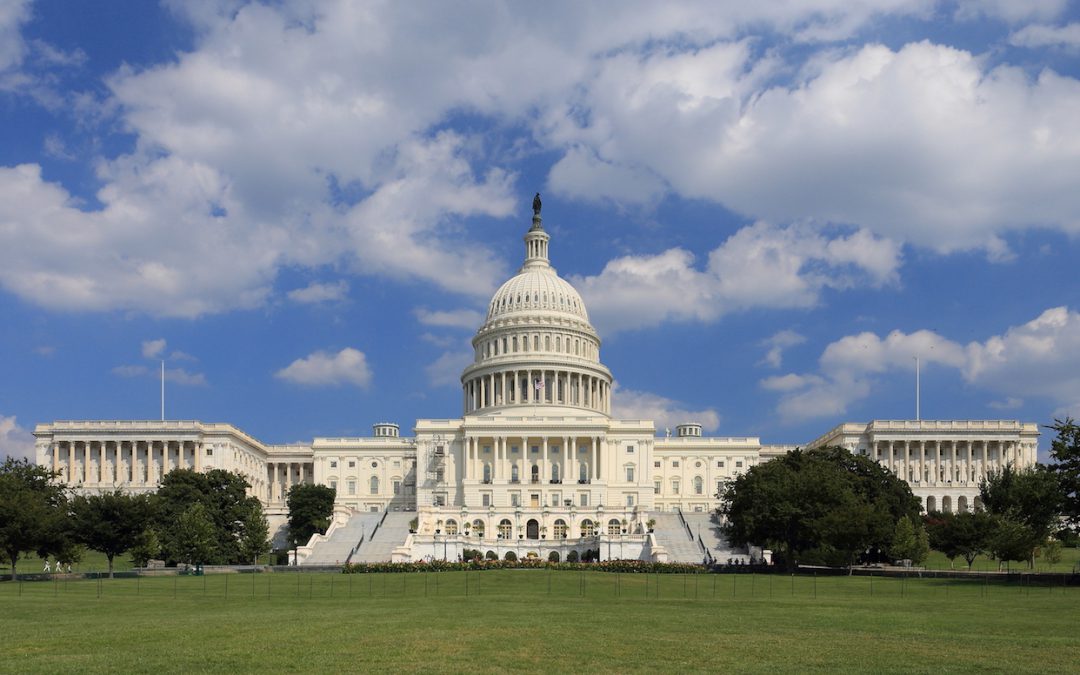WASHINGTON – Congress should end a practice that puts the federal or state government at risk of paying for expensive coal mine cleanups when mining companies go bankrupt, according to a new finding by the nonpartisan Government Accountability Office.
The GAO, an investigative arm of Congress, is recommending that lawmakers eliminate the ability of coal mine owners to self-certify their financial wealth, known as “self-bonding.” The controversial process lets owners avoid putting up collateral or getting third-party surety bonds – a requirement of companies in every other energy sector.
The problem, congressional investigators argue, is that if the companies go bankrupt, either the state or federal government is left with the expensive prospect of suing to try to get the reclamation money, or agencies have to pick up the tab to restore the mined land, a cost that can soar into the hundreds of millions of dollars per mine.
Three of the largest mining companies in the country held a total of $2 billion in self-bonds when they went bankrupt in 2015 and 2016, according to the report. The GAO did not determine the exact amount of reclamation costs that have fallen to taxpayers due to self-bonds because costs are tracked on a state-by-state basis.
“The risk may be greater today than it was when self-bonding was originally envisioned” in 1977, explained Anne-Marie Fennell, GAO’s director of natural resources and environment issues, in a phone interview. “This is about managing the risk.”
Washington Sen. Maria Cantwell, the top Democrat on the Senate Energy and Natural Resources Committee, requested the GAO report along with several other Democratic senators. She has frequently said her goal is to lower the future risk for taxpayers nationally. The last active coal mine in Washington state closed in 2006 and is currently being cleaned as part of the reclamation law, according to the Washington state Department of Natural Resources.
“I welcome GAO’s recommendation to pass responsible legislation making coal companies clean up pollution,” Cantwell said in a statement following the report’s release. “Secretary [of the Interior Ryan] Zinke should also reverse course and crack down on this irresponsible coal mining practice.”
Interior department spokeswoman Heather Swift said Zinke “welcomes the GAO’s attention to the matter.”
Coal mine owners’ ability to self-bond is part of the Surface Mining Control and Reclamation Act, which forces companies to restore abandoned mines by contouring the land to its original condition, adding topsoil and reseeding crops, among other remediations.
The law, passed in 1977, allows states to block self-bonding, and several have.
Cantwell, with Sen. Dick Durbin, D-Ill., the chamber’s minority whip, introduced a bill last year that would ban the practice of self-bonding nationwide and require companies to foot their own reclamation costs. The bill would allow states to mandate coal executives’ salaries and bonuses be used as collateral. The Senate GOP leadership has not brought the measure to the floor for a vote, and is unlikely to do so; there are no Republican co-sponsors.
Ashley Burke, senior vice president of communications at the National Mining Association, said the GAO report provides no evidence that any self-bonded companies have defaulted on reclamation obligations.
“Self-bonded companies tend to be the largest with strong records of on-going operation and therefore have a self-interest in meeting their obligations,” Burke said in an email interview. “In fact, not only does GAO’s recommendation appear unfounded, it may be harmful by shifting a greater risk burden on the surety industry.”
In 2017, coal mine owners held $10.2 billion in coal mine reclamation assurances. Self-bonds counted for about $1.2 billion—or slightly more than one out of every 10 dollars—of all coal mine reclamation assurances in the United States, according to the Department of the Interior, which oversees the Office of Surface Mining Reclamation and Enforcement.
One instance of self-bonding cited in the report involved Wyoming regulators determining in 2015 that a coal company was no longer qualified for a self-bond. That company soon declared bankruptcy, but was allowed to continue working with no financial assurances, so that it could generate money to pay for reclamation costs. Fennell, who wrote the report for the GAO, said that poses risks to taxpayers who could have been liable had the company not continued mining while in bankruptcy.
The GAO report also said the coal industry was likely to continue to face economic challenges for “several more years” because of decreasing coal consumption in the U.S.
Burke, with the coal association, counters that the market—specifically exports—has improved in the last year, and that “companies have emerged stronger from bankruptcy.”
Indeed, the pace of bankruptcies is slowing.
While 47 coal companies have declared bankruptcy in the past six years, 76% of them were filed before 2015, according to data compiled by S&P Global Market Intelligence for the The Spokesman-Review.


